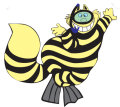ECSAC members dive in Norway- 9th - 16th July 2022
Phil, Pat, Loz and Alison flew from Manchester to Bergen, via Amsterdam, with KLM. From there we took a taxi to the harbour to board the Clasina for a six-day liveaboard travelling from Bergen to Floro. Our itinerary for the trip was to dive the classic wrecks of Norway. As always, the Clasina was expertly skippered by Bob Anderson and his fantastic crew, Simon and Tash.
The water temperature in Norway varied from 8C at depth to 12C at 6m. Viz was between 15 to 25m. Depth for us on open circuit ranged from 32 to 45m. Dive time averaged 45 mins with a few minutes of decompression. The other divers on board were rebreathers therefore on the deeper wrecks they could go to the seabed at 55 to 60m. With the viz as good as it was however, we could clearly see them and the wrecks beneath us.
Our itinerary:
Sunday: We started on the D/S Spring as a shake down dive before moving on to dive the bow section on the classic D/S Frankenwald.
Monday: We returned to the D/S Frankenwald for a second dive, this time on it’s stern, followed by a dive on the D/S Havda in the afternoon.
Tuesday: The day was spent on the SS Swanholm, diving it twice.
Wednesday: We visited the M/V Welheim before diving the SS Tyrifjord.
Thursday: The famous site of the D/S Ferndale and the Parat.
Friday: Our day begun at the SS Haakon. We finished the trip with a dive on a 70m wall, finning out into mid water at 25m to watch the Spiny dogfish circling above and around us.
The beauty of these wrecks is that nothing has been taken therefore the detail and structures are still in place. It wasn’t uncommon to see wonderful brass portholes with glass still in them. The excellent viz meant we could fin away to appreciate the size and scale of the wrecks and the colour provided by Sea Loch and plumose anemones, Ciona Intestalis sea squirts and peacock worms. Pollock, conger eel, ling, top knot and edible crab were also spotted plus the odd blenny, squat lobster and nudibranch.
We rounded off a brilliant week with a meal at the fish restaurant in Bryggen (Tyskebryggen), a UNESCO listed medieval wharf in the historic harbour district of Bergen.
– Pat.
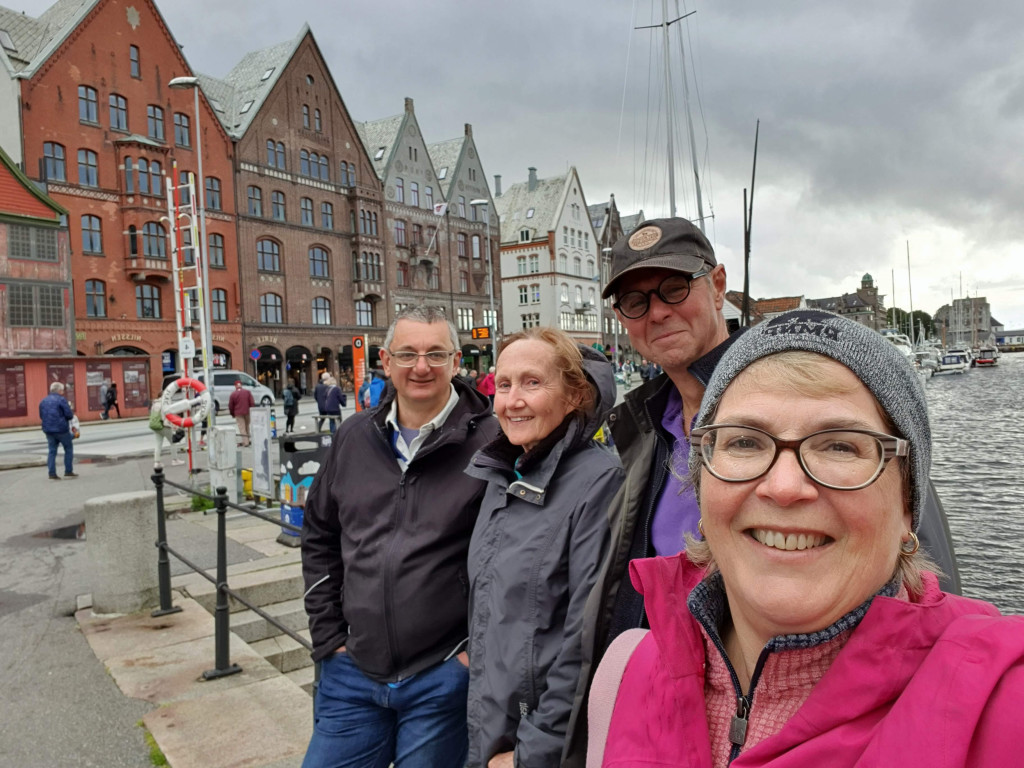
The Wrecks
The D/S Spring was a steam powered ship constructed in North Shields in 1883. Norwegian flagged at the time of her demise, she collided with another steam ship on the 6th January 1916, sinking with the loss of all crew. She lies largely intact and upright on a slope at the base of cliffs, extending from 20m to 40m in depth.
The D/S Frankenwald was a cargo ship constructed in Germany in 1922. Making way without navigation lights for security during WWII, she struck the island Ytre Sula on the 6th January 1940. She quickly foundered, however not without all crew making it to safety first. She also lies largely intact with two masts rising to within 6m of the surface.
The D/S Havda was a 677 ton coastal steamer launched in Scotland in 1881. She served as a general cargo and coastal cruising ship for most of her working life. On the 9th December 1944, she was heading to Bergen with her crew, 12 passengers and goods on board when she was spotted by Allied forces. An air assault was launched, and she was sunk with the loss of 3 of the passengers and 3 crew. She now lies 30m deep on her port side. The bones of the six fatalities sadly remain on the wreck, visible during the dive.
The SS Svanholm was a cargo vessel constructed in Newcastle upon Tyne in 1909. Danish flagged, she was en route to Britain with a cargo of coal mine pit props when she was intercepted by the German submarine U-94. The U-94 ordered the crew off the vessel before sinking her. Today, the wreck lies upright and intact in 50m of water. Deck level is at 35m.
The M/V Welheim was a 126m cargo vessel constructed in Germany in 1939. She was requisitioned by the Kriegsmarine (the German Navy) during WWII for use as a supply vessel. During a passage to Aalesund on the 28th November, 1944, she was torpedoed by the Norwegian torpedo boat MTB-717. She stayed afloat and attempted to head for Tansøy but sank in the fjord before reaching safety. Today, she is one of the most impressive dive sites in the area. An enormous wreck, her bow sits just a short 12m below the surface with the stern extending down to 70m.
The SS Tyrifjord was a steam powered cargo vessel constructed in Newcastle upon Tyne in 1920. Norwegian flagged, she came under an Allied air attack on the 19th September, 1944 and suffered severe damage. She was beached whilst a tow was arranged, but later sank whilst under tow. Today she lies in 40m of water.
The D/S Ferndale was constructed in Germany in 1925 and seized by the Kriegsmarine (the German Navy) during WWII for use as a supply vessel. During a night time passage on the 15th December 1944 she struck the rock Sejlsteinen in the sound, Krakhellesundet. Stuck fast upon the rock, she was spotted by an allied reconnaissance flight. An air assault was swiftly launched by the allied forces the Ferndale successfully sunk. She lies on a steep slope extending from 12m down to 36m.
The Parat was a diving support tug, dispatched to provide assistance to the stranded D/S Ferndale. She came under heavy fire by the allied forces during their attack, and sank with the D/S Ferndale. The D/S Parat lies further down the slope, below the D/S Ferndale, and is clearly observable from the Ferndale’s stern. She extends from the Ferndale’s stern at 36m to a depth of 60m.
The SS Haakon was a steam powered cargo ship constructed in Glasgow in 1868. On the 29th January 1910, she was undertaking a passage to Kristiansund when she lost rudder control and ran aground off Brattholmsundet, Ronglevær. She lies in 45m of water in a largely good condition. The stern is resting on a reef, with the rudder and 4-bladed propeller still in place.
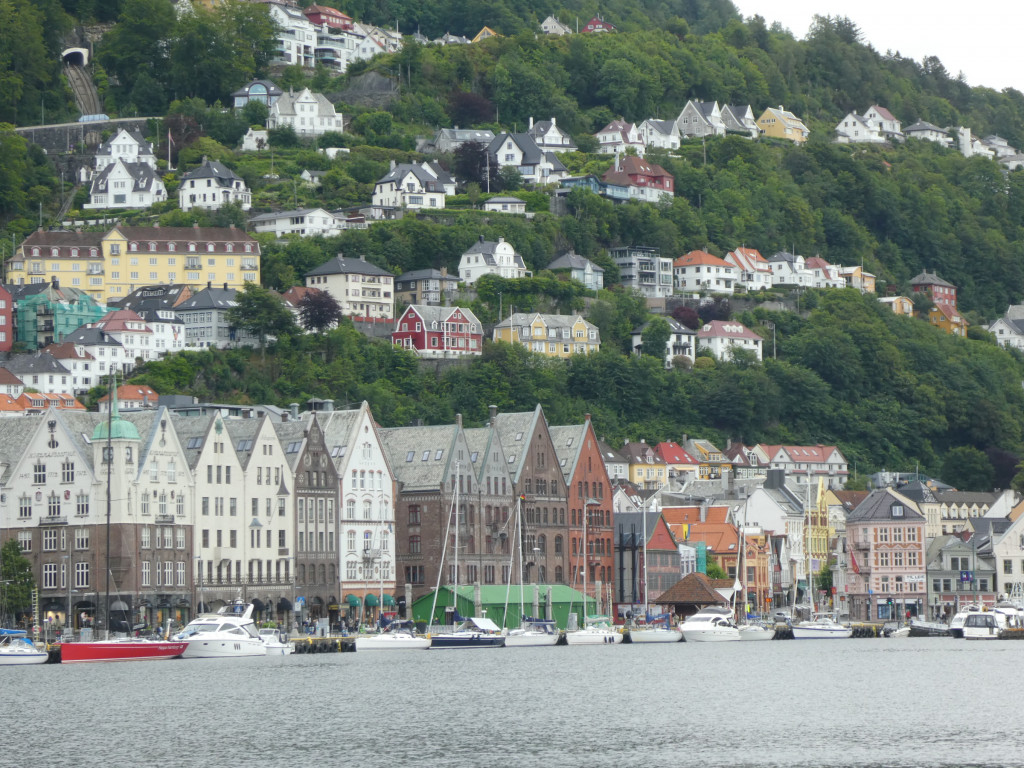
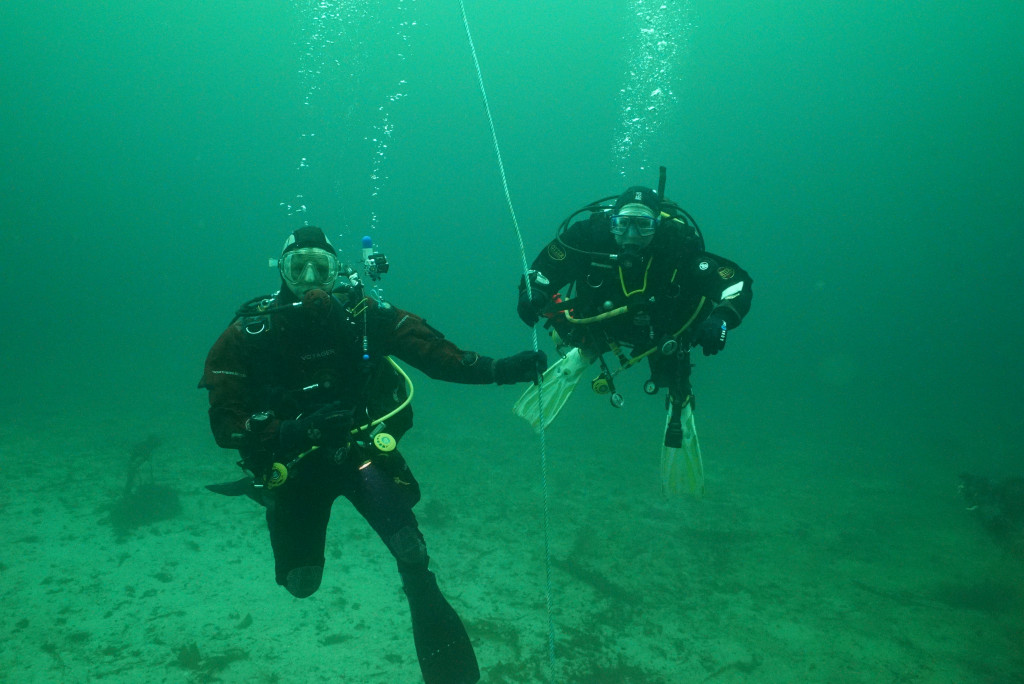
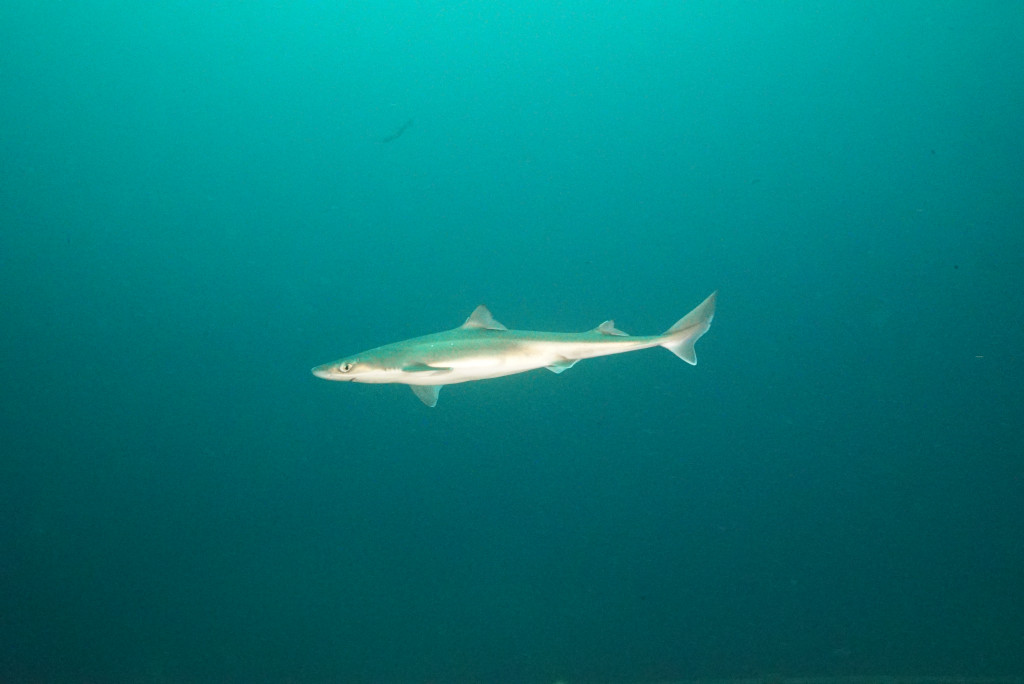
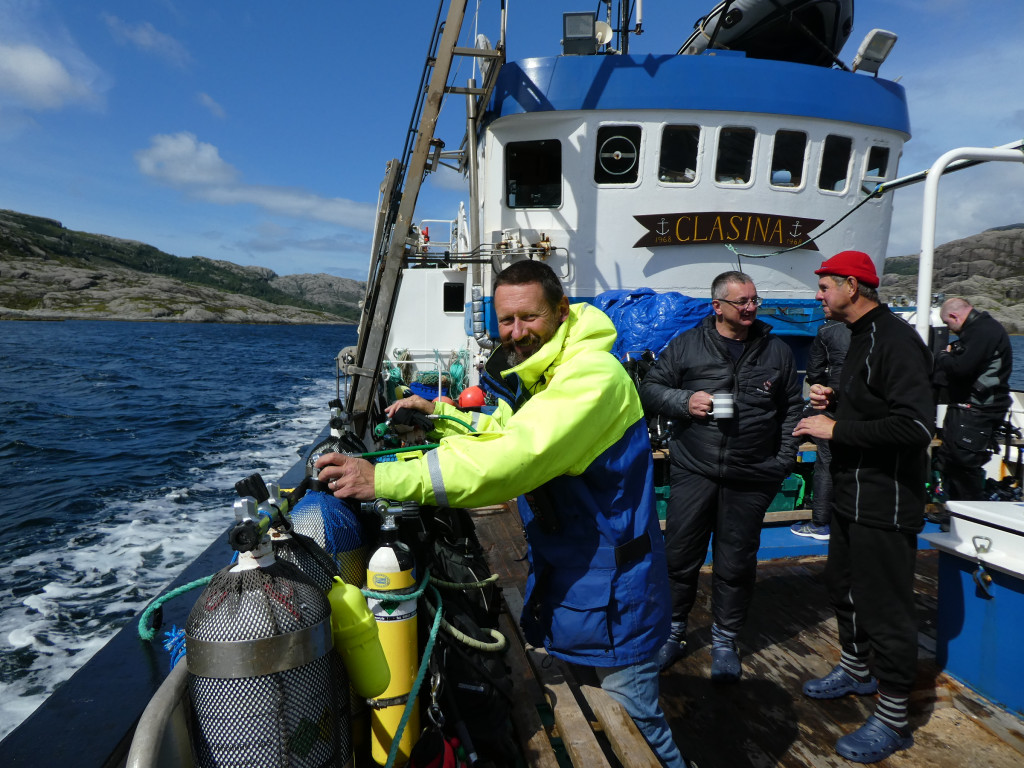
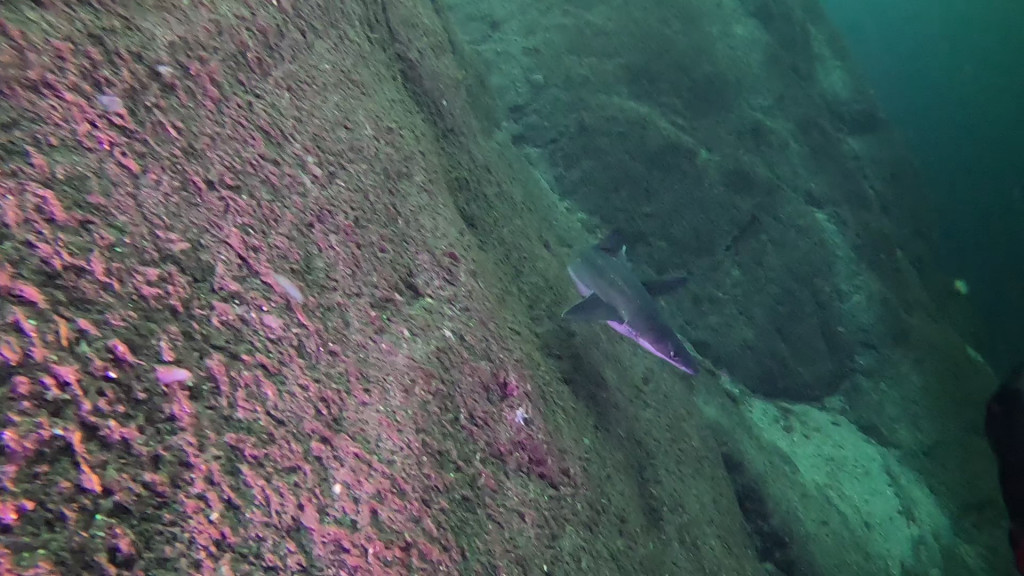
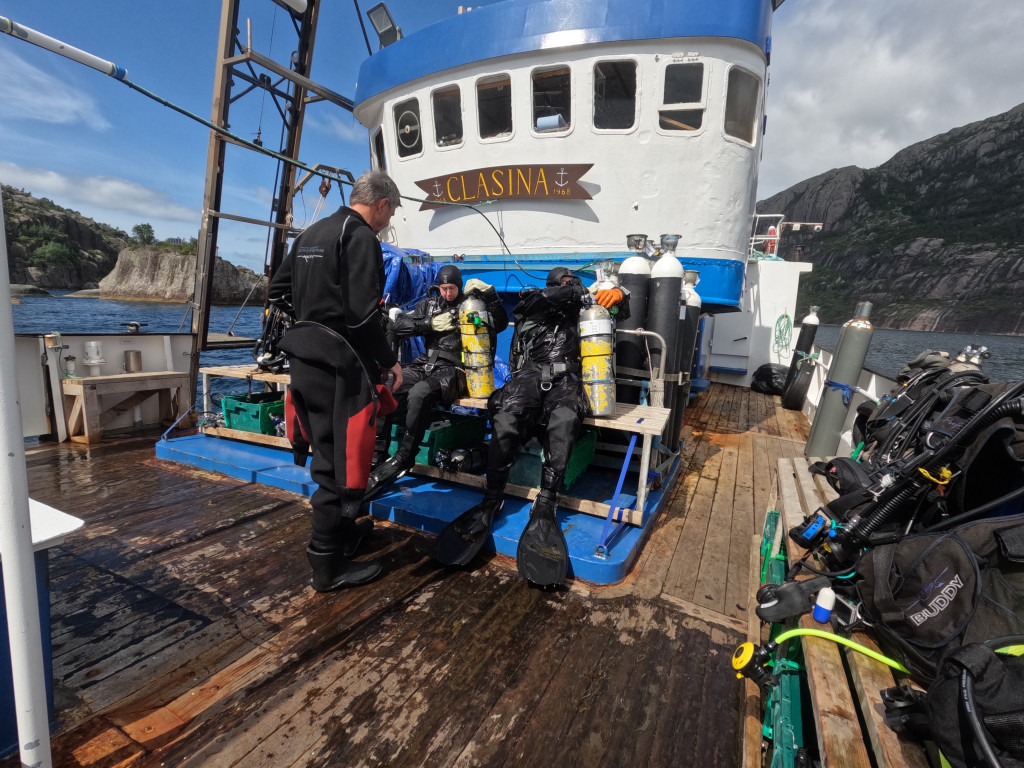
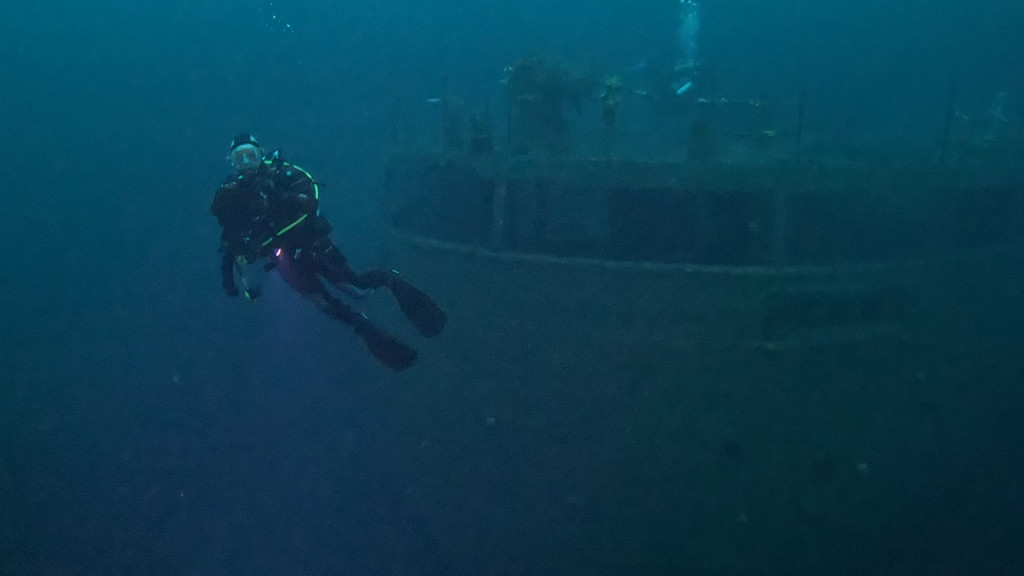
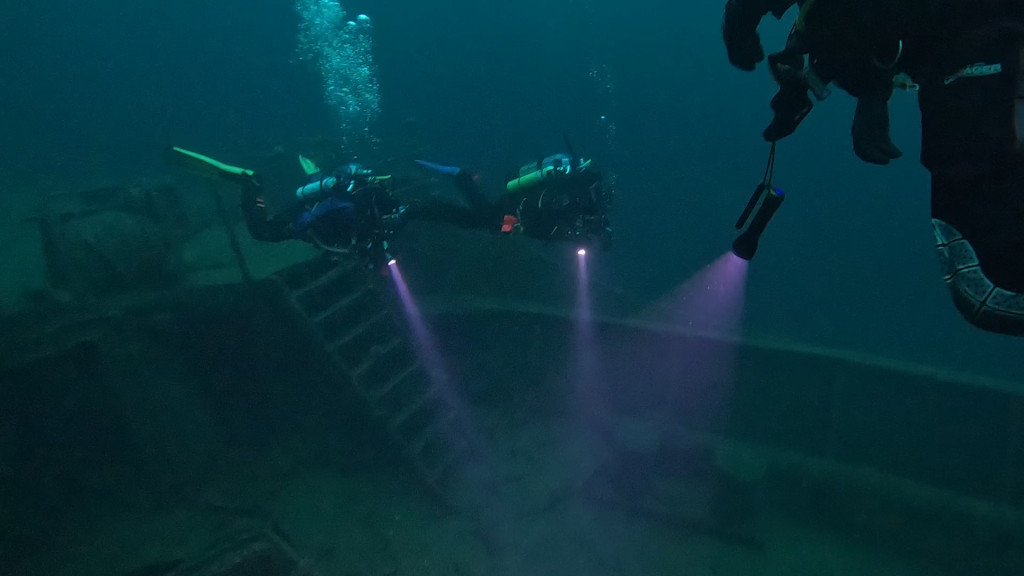
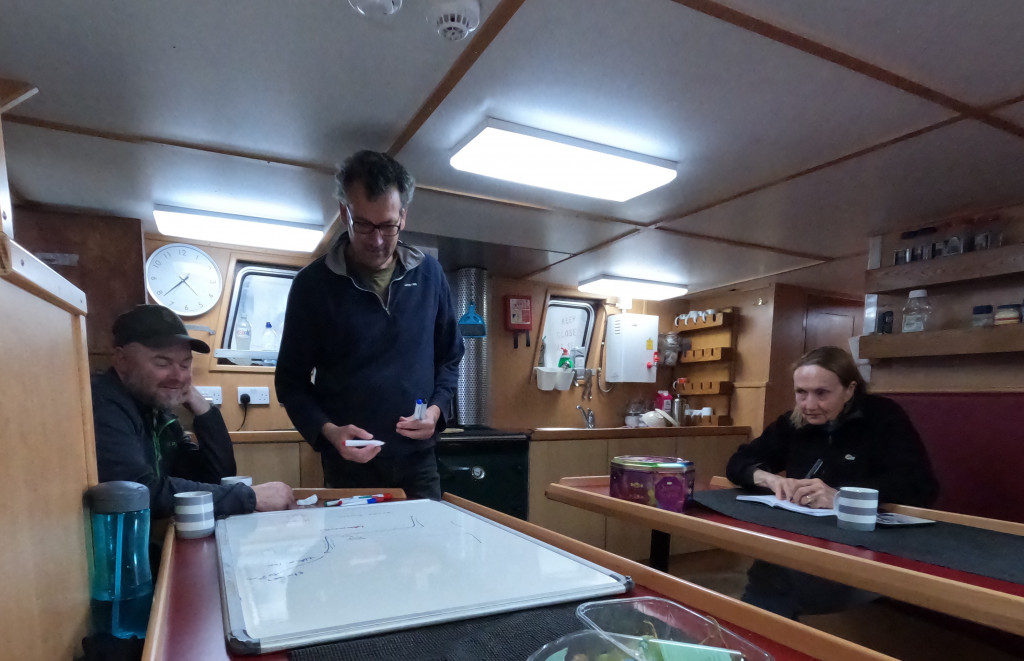
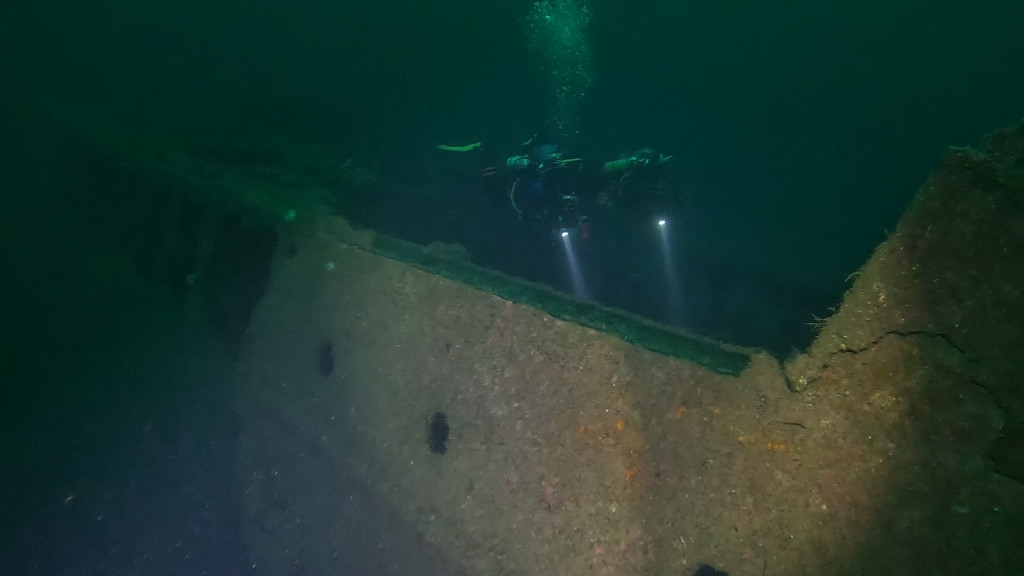
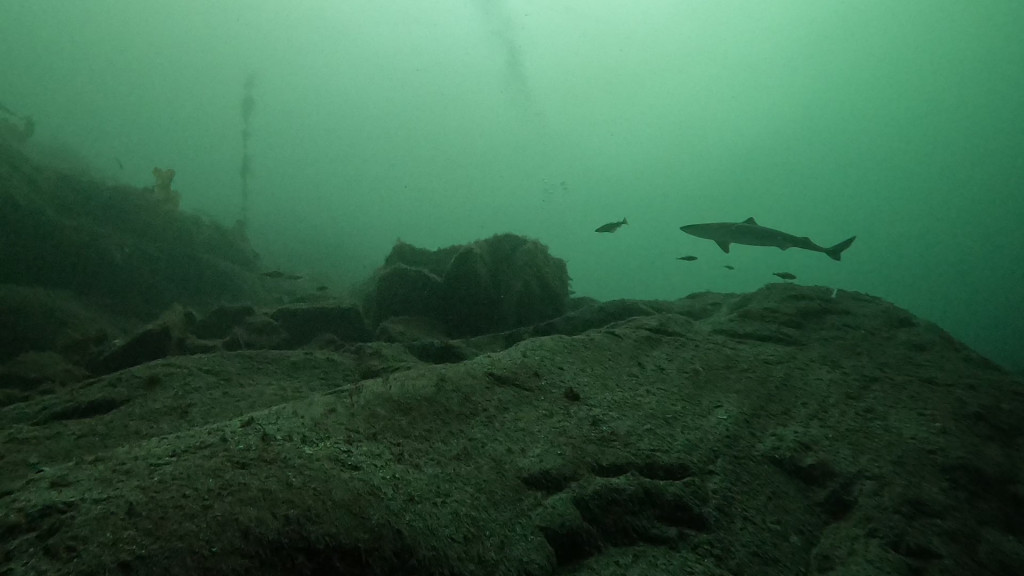
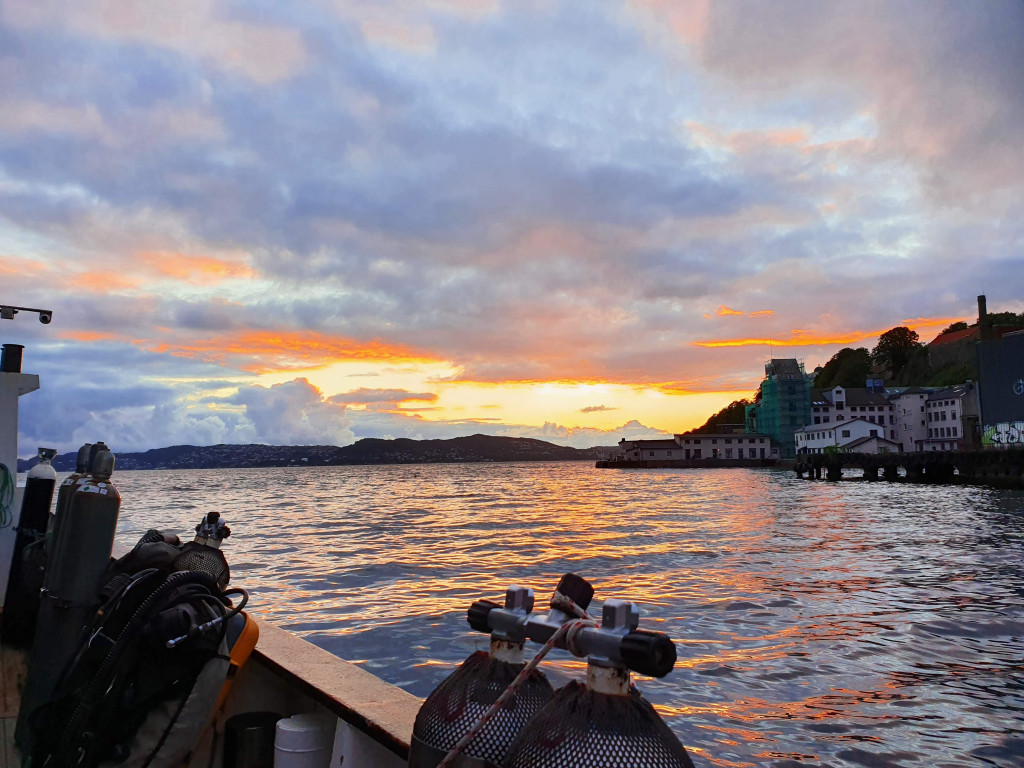
Dogfish Shark
The D/S Frankenwald
The SS Haakon
